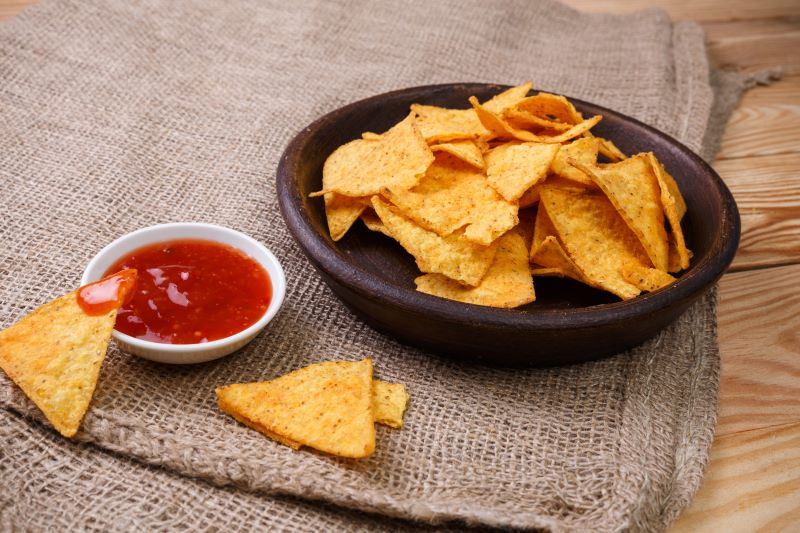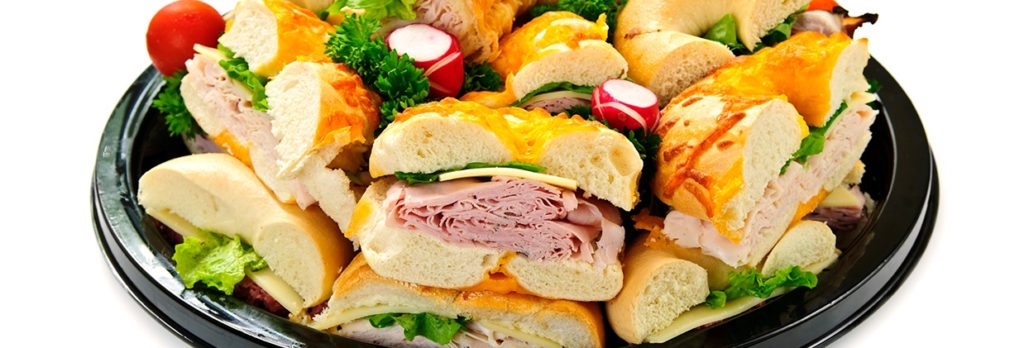Food makes a difference
Food culture, quality, access and quantity play a role in obesity; part 2 of 3 in a series for National Childhood Obesity Awareness Month (September)
Last week we started a series looking at the causes of childhood obesity , and while it’s true that many children spend too much time interacting with screens and too little time physically active enough to be out of breath, that’s not the whole story.

Cosmic Proportions
Are you aware how drastically “serving sizes” have changed in three decades?
Bagels, for example, have doubled in size from 3 inches in diameter to 6, and the calories are actually more than double. Likewise, muffins, cheeseburgers, popcorn, french fries, pizza—even a turkey sandwich!—are substantially bigger than they were a generation ago.
The size of a personal serving of soda has also more than doubled. A 20-oz bottle is now available—and wildly popular—where an 8-oz can once sufficed.
When we choose these indulgences for our families today, we’re likely eating at least twice as much as families making the same choices a generation ago.
More than Coke
Today’s children have access to more sugary beverages than children of past generations. Sports drinks moved from the football field to mainstream shopping carts in the 1990s, and their popularity has soared. With 18 teaspoons of sugar in the typical bottle, that popularity carries a high toll.

Think about it: a drink designed specifically for elite athletes is mostly consumed by children who are sedentary… Learn more about the history of sports drinks.
Convenient But Costly
America’s “more for the money” culture coupled with advances in technology also led to a boom in pre-packaged, processed foods. These foods are often convenient, but a far leap from healthy.
Processed foods are high in sodium, added sugars, and other ingredients that make them shelf stable and inexpensive—but these same ingredients may be wrecking our health, especially if they are not balanced with enough whole foods like fruits, vegetables, and lean proteins.

Food Access
If you’re tempted to dismiss the facts and insist that everyone can simply say no to unhealthy choices, consider this: by some estimates, Indianapolis ranks worst in the nation for the percentage of people who have easy access to healthy food.
Almost 200,000 people in Marion County live in food deserts, or low income areas that lack a supermarket or large grocery store. These families may rely instead on gas stations, corner stores, and fast food chains, because these are readily available.
You might also like
Luckily, some corner stores and gas stations in central Indiana are making healthy foods more accessible. Learn more
Topics: Food Access, Healthy Eating
Subscribe for more
Want more ideas for healthy schools, workplaces, child care providers, and families? Subscribe to our blog for weekly tips delivered right to your inbox!
Why are a quarter million children in central Indiana overweight? NEXT »
Why Is Childhood Obesity Our Business?
